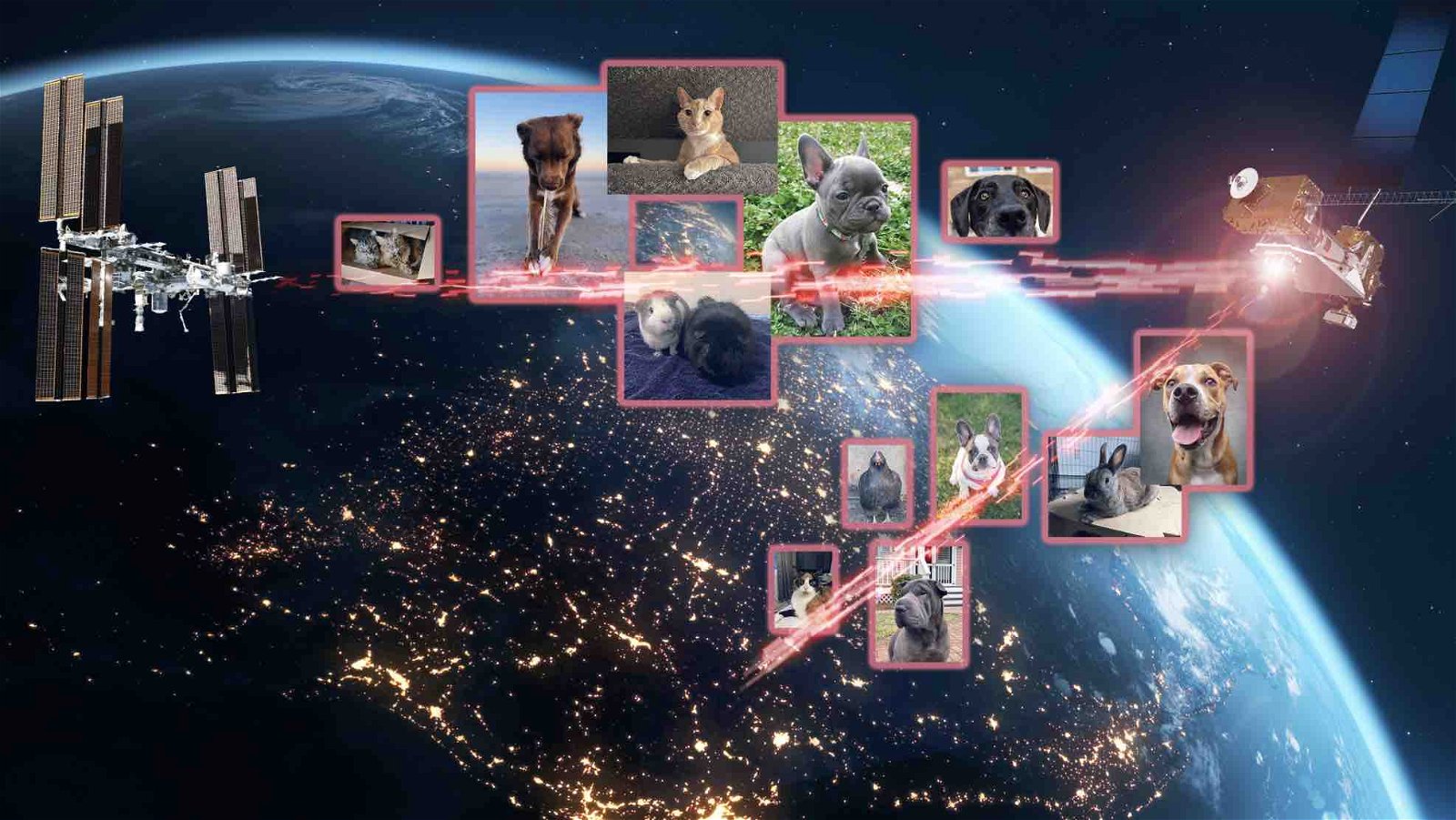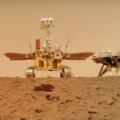It’s common for people to miss their pets during a vacation, but what about if you travel to space? On June 6, 2024, NASA astronauts and pet owners Christina Koch, Kjell Lindgren, and Randy Bresnik were part of a team that received over 500 videos and photos of their pets from NASA over the first-of-its-kind end-to-end, two-way laser relay system.
The images and videos were part of NASA’s new Space Communications and Navigation (SCaN) program, experimenting with the new laser relay as part of new network communications.
“Not only have they [the NASA teams] demonstrated how these technologies can play an essential role in enabling NASA’s future science and exploration missions, it also provided a fun opportunity for the teams to ‘picture’ their pets assisting with this innovative demonstration,” explained Kevin Coggins, SCaN program manager, and deputy associate administrator for NASA said in a recent news article.
A Deeper Dive into SCaN
With countries and space agencies worldwide planning future space missions and even possible colonization programs, the need for secure and stable communication networks is not just important; it’s crucial. The SCaN program is the umbrella office for all of NASA’s communication research.
According to the SCaN website: “Over 100 NASA and non-NASA missions rely on SCaN’s two networks, the Near Space Network and the Deep Space Network, to monitor Earth’s weather and effects of climate changes, support lunar exploration, uncover the solar system and beyond, and peer back in time to understand the origins of the universe.”
SCaN plans to create a widespread integrated mission-supporting system with more stable communications. To do this, they are exploring a wide range of research fields, from quantum computing to GPS to laser communications, like the ones used in the recent sending of the astronaut pet photos.
Historically, scientists have considered radio and infrared (laser) waves a medium for space communication. However, due to its shorter wavelength, infrared light can transmit more data in a single link than radio waves, making it more efficient for data transfer.
NASA’s New Cutting Edge Laser System
The recent communication via pet images and videos was inspired by the late 2023 demonstration, in which NASA’s Deep Space Optical Communications (DSOC) experiment streamed a video using a high-tech laser beam of “Taters,” the cat, playing with a laser pointer. The 15-second video was sent over 19 million miles away to the Psyche payload mission via laser communication systems and took around 101 seconds to reach Earth using a state-of-the-art instrument called a flight laser transceiver.
The DSOC is one of three different laser communications systems NASA’s SCaN program uses for more stable long-distance communications. The other two are Laser Communications Relay Demonstration (LCRD) and Integrated LCRD LEO User Modem and Amplifier Terminal (ILLUMINA-T), which use optical laser systems for faster communications. The ILLUMINA-T system, in particular, sends around 1.2 Gigabits of data per second in this first-of-a-kind setup.
Pets Visit Space
The June 2024 pet photo and video experiment began at the Las Cruces mission center in New Mexico. The data was then routed to optical ground stations in Hawaii and California. NASA teams then recoded the data into laser light or infrared signals and sent the data to the LCRD system 22,000 miles above Earth. The LCRD bounced this data to the ILLUMINA-T system, which is mounted outside the International Space Station (ISS).
Astronauts Koch, Lindgren, and Bresnik received photos and videos they had submitted, along with other NASA employees, to be transmitted to and from the ISS as part of the demonstration.
Mitigating Against Data Loss
This recent test also allowed NASA teams to test a new series of networking protocols for potential data loss, called Delay / Disruption Tolerant Networking, or DTN. DTN uses a process known as “store-and-forward,” where it can store the data for future transmissions if the signal is lost in space and then forward the data as it is received. NASA researchers also produced an HDTN (High-Rate Delay Tolerant Networking) protocol series for higher data rates.
In the June demonstration, the pet videos and photos were routed to LCRD using DTN protocols before being bounced to ILLUMINA-T. Then, the HDTN protocols on the ISS allowed the data to be reassembled into digital files.
With this first successful test, NASA’s SCaN program is already looking to the future by eyeing this system for use in its upcoming Artemis missions.
“The pet imagery campaign has been rewarding on multiple fronts for the ILLUMA-T, LCRD, and HDTN teams,” Coggins added.
Kenna Hughes-Castleberry is the Science Communicator at JILA (a world-leading physics research institute) and a science writer at The Debrief. Follow and connect with her on X or contact her via email at kenna@thedebrief.org

